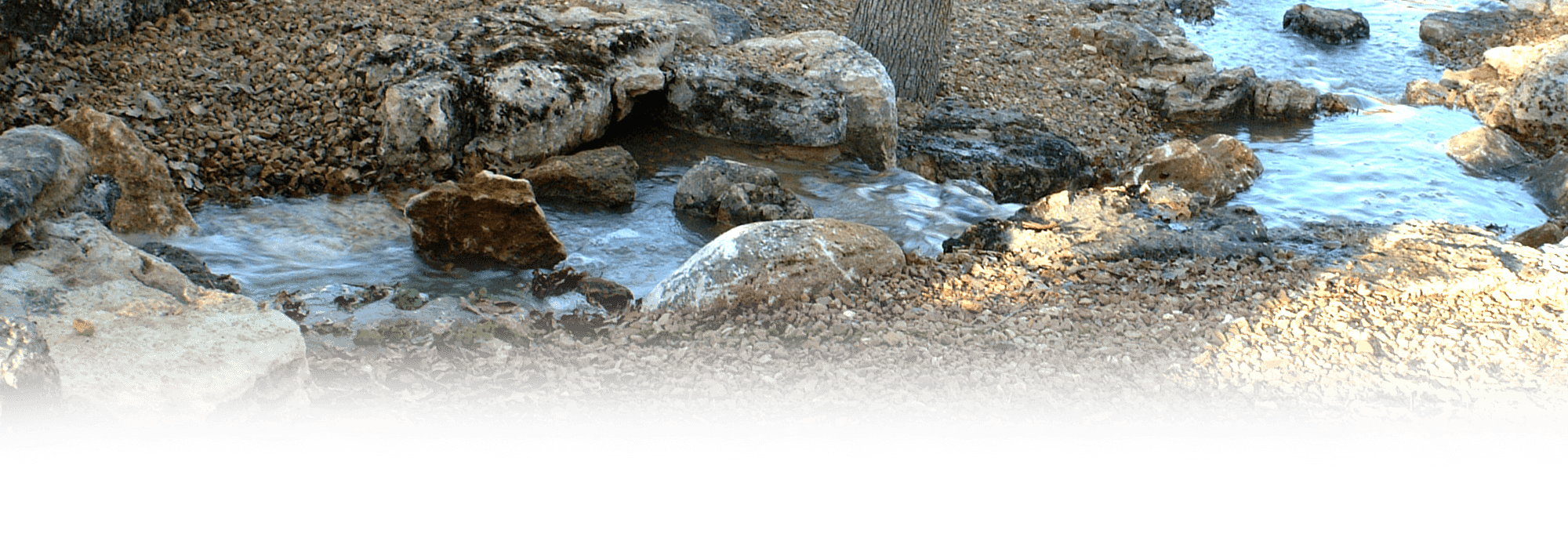New Service - Dredging
It is important to dredge ponds and lakes every 10 to 15 years (if not sooner) due to sediment build-up. Sediment is a naturally occurring substance that is produced by weathering and erosion and subsequently transported to bodies of water. Over thousands of years sediment will build up in lakes (or ponds) until they become a bog and eventually dry land. This process is sped up by man’s interference. Consequences of the build-up of sediment in lakes and ponds includes poor water quality, increased algae and weed growth and struggling fish and plant life. This is due to a decrease in water depth, a build-up of nutrients, a build-up of toxic gases and a reduction in oxygen. All of these consequences make pond dredging (the removal of sediment) a necessity.
Brookside Contracting Inc. has been a major player in the pond industry for years. Therefore, it made sense to add pond dredging to our services. Brookside has already been involved in pond construction, liner placement, pond landscaping, and management and maintenance of ponds for years. This was a natural and logical next step. It aligns perfectly with the other services offered by the company and the experience Brookside possesses.
For the pond dredging Brookside uses a sediment removal pumping system rather than old mechanical methods, such as back hoes or excavators. These old methods are not cost effective and have serious limitations and complications. Using a pump system is the more efficient way to go.
Specifically, Brookside uses a Pirhana mini-dredge. Basically the mini-dredge is a gasoline powered pumping system that uses suction to remove the sediment, which can then either be placed in a sediment pond or in a dewatering bag and eventually transported offsite (dewatering bags work to separate filtered water from the sediment).
Brookside recently completed a dredging project at Koeneman Park in Jennings, MO, where the company followed the procedures described above to remove the pond sediment. Brookside’s workers used the mini-dredge to remove the sediment, placed it in dewatering bags for four to six weeks until most of the water was out, then shipped what remained to a local dump. The process worked very well and is the most efficient way to deal with the pond sediment.
Dredging is important for all fresh bodies of water, but is especially important in ponds to improve water quality, reduce algae and improve conditions for fish and plant life. It is important for lakes as well, especially lakes with boat traffic and boat docks, etc. If you are in need of pond or lake dredging, please contact us at the number above.
Brookside also built a 250 ft. waterfall in Koeneman Park, with a 50 ft. elevation change, and two walk bridges. The Koeneman waterfall will be the subject of Brookside’s next blog.

